
MENUMENU
TALK TO AN EXPERT
Special Hours: 7AM – 6PM PST
TALK TO AN EXPERT
Special Hours: 7AM – 6PM PST
While many countries across the globe are desperately trying to reduce carbon emissions to combat climate change, others are merely trying to meet basic energy needs. New battery technology can help address both issues.
It’s no surprise that the world’s poorest countries also have the lowest per capita CO2 emissions. Prosperity is a significant driver of carbon emissions, although policy and technological factors also play a key role.
Here, we examine the immense inequality of energy supply and access in developing communities and explore how new battery technology is a beacon of hope for energy poverty challenges.
Because adequate energy is essential for economic activity, there’s a strong tie between income levels and electricity consumption. Just as no high-income country has low energy consumption, the lack of energy can limit economic growth and development. This also corresponds with CO2 emissions.
In several Sub-Saharan African countries like Chad, Niger, and the Central African Republic, the average carbon footprint is about 0.1 tonnes per year. This is significantly lower than countries like the U.S., Australia, and Canada, where emissions are more than 160 times higher.
In just over two days, the average American or Australian emits as much CO2 as the average person in Mali or Niger does in a year.
Developing communities lack access to reliable electricity. Instead, they depend on inefficient and harmful energy sources like biomass and kerosene. These countries also lack a way to distribute energy.

Energy poverty has a significant impact on health, education, and overall quality of life. For instance, industries may struggle to operate efficiently without a stable power supply, which can limit production and job creation. Small businesses may face higher operating costs due to expensive or unreliable energy sources.
What’s more, energy poverty leads to inadequate living conditions, including inappropriate indoor temperatures, poor air quality, and exposure to hazardous materials. This significantly impacts productivity, health, and mortality rates. Access to key energy services like heating, cooling, lighting, and appliances is essential for energy-efficient homes, reasonable living standards, thermal comfort, and public health.
While there’s a great need to increase energy availability in developing communities, it’s important to do so without hurting the environment. According to the United Nations Sustainable Development Goal 7 (SDG7), the key pillars to alleviate energy poverty are:
A great deal of research is going into the development of new battery technology. The goal is to improve energy storage systems in terms of performance, safety, durability, sustainability, and cost-effectiveness. These technologies include:
Solid-state batteries use a solid electrolyte rather than a liquid or gel electrolyte. The solid electrolytes are usually made of ceramic, glass, solid polymer, or sulfite materials. They offer higher energy density (charge faster, weigh less), enhanced safety (solid electrolyte material is fireproof), and a longer lifespan than conventional batteries.
These lithium-ion batteries eliminate the use of cobalt in their cathodes. This change addresses concerns about the environmental and ethical issues associated with cobalt mining. By replacing cobalt with alternative materials, these batteries offer a more sustainable and ethical energy storage solution.
These are similar to lithium-ion batteries but with sodium as the charge carrier. Sodium-ion batteries have the potential for lower cost and abundant raw materials, offering a sustainable option for energy storage solutions.
Iron-air batteries are a type of metal-air battery that uses iron as the anode and oxygen as the cathode. Due to the abundance of iron, they have the potential for high energy density and often cost less. Iron-air batteries are being researched for their use in grid-scale energy storage and electric vehicles (EVs).

Graphene batteries incorporate graphene, a single layer of carbon atoms, into their design to enhance performance. Graphene’s high conductivity and surface area enable these batteries to store and release energy efficiently. They support the integration of renewable energy and aim to bring sustainable power to sectors like transportation, healthcare, and agriculture.
Innovations in battery technology can support renewable energy, reduce costs, and make energy storage solutions more accessible in communities with limited financial and infrastructure resources. These technologies can provide reliable power even in off-grid locations. They’re designed to meet varying energy demands, from small-scale applications like solar home systems to larger installations for microgrids.
Improved battery technologies are also more durable. This reduces the frequency of maintenance and replacement needs in remote or underserved areas.
By tailoring new battery technologies to the unique challenges and requirements of developing communities, these innovations can enhance energy access and promote sustainable development. They’ll also improve the overall quality of life for residents in health, education, agriculture, and a host of other ways. For instance:
New battery technology offers several benefits for developing communities. For instance, it offers improved energy access for lighting, communication, and productivity. Communities are also more resilient, thanks to backup battery power during outages, natural disasters, or other emergencies.
The new technology also enhances economic opportunities. Stable power supplies boost economic activities, facilitate job creation, and support the growth of local industries.
Another benefit is environmental sustainability. New battery technology promotes the use of clean energy sources and reduces reliance on polluting alternatives. It also embraces modern, sustainable solutions for long-term development.
Research efforts and technological advancements are driving the evolution of new battery technology toward a more eco-friendly and sustainable energy storage solution. By addressing the unique energy challenges of developing communities, these technologies improve access to reliable and clean energy. They also support economic development and environmental sustainability.
Battle Born Batteries offers dependable green energy solutions for a wide range of markets. Whether you need long-term storage for off-grid setups, battery upgrades, or power for land or water trips, our sustainable solutions come with lifetime technical support. Contact us today to explore how our products can meet your energy needs.
Shop Best Sellers
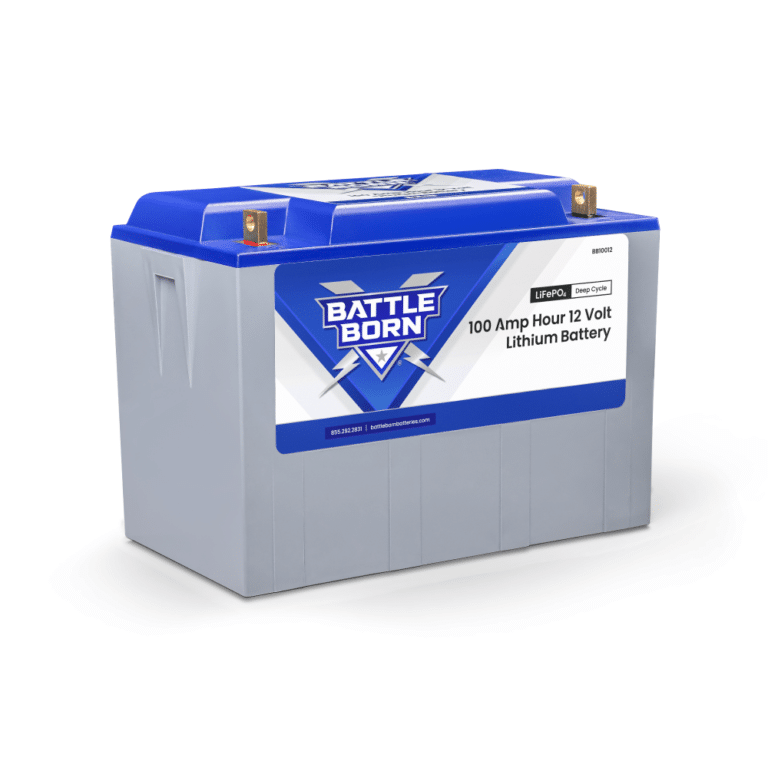
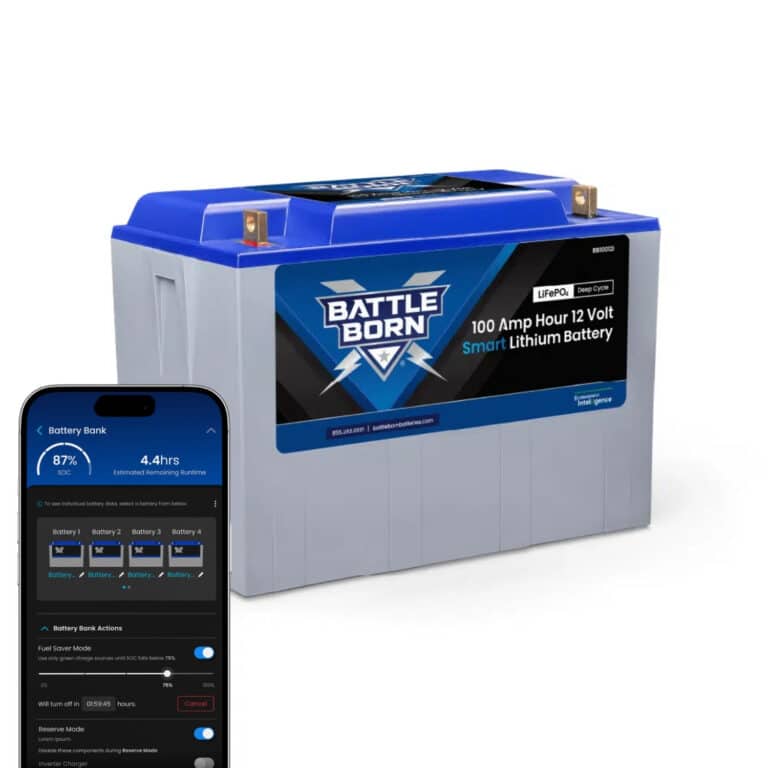
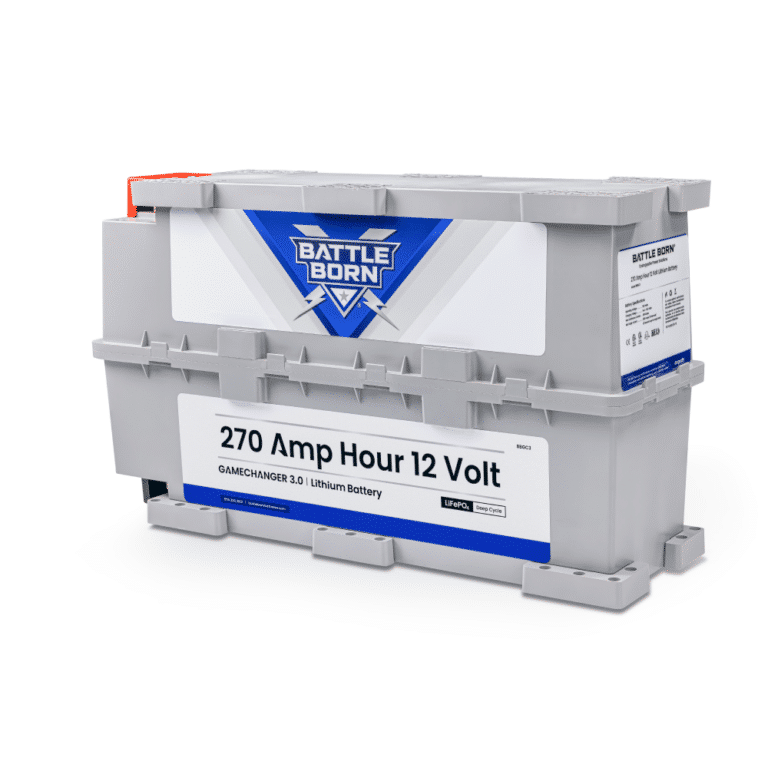
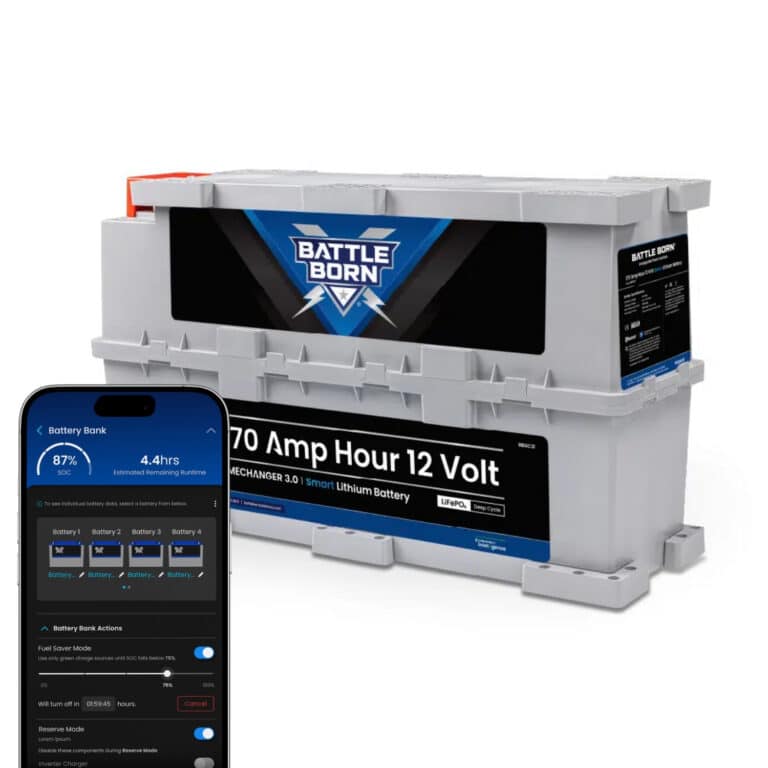
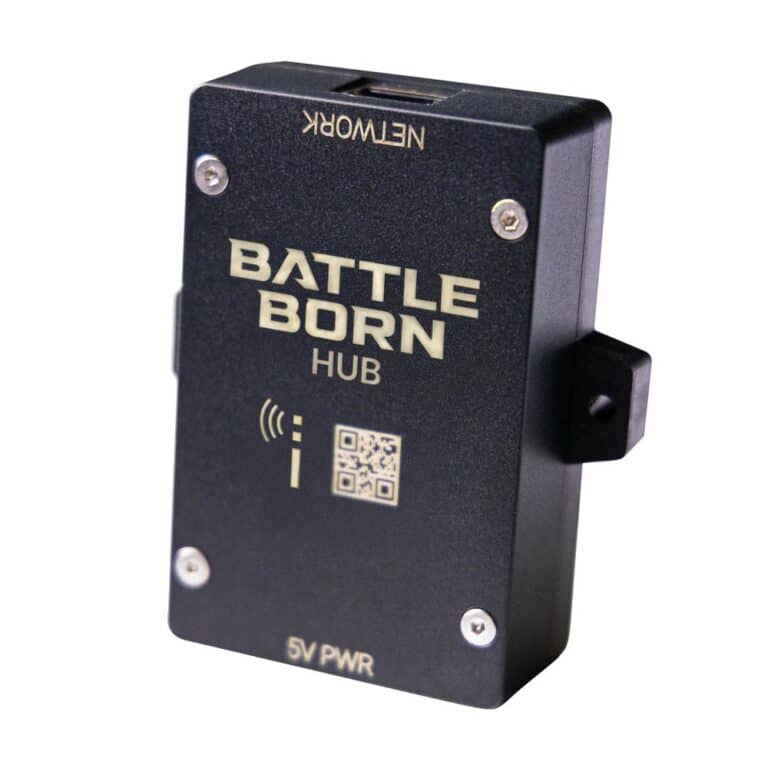
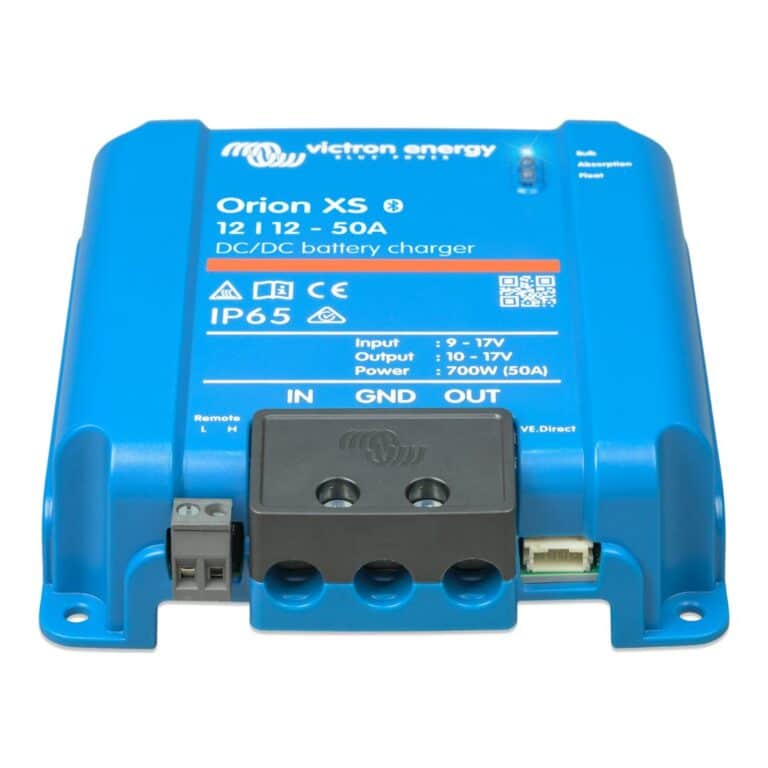
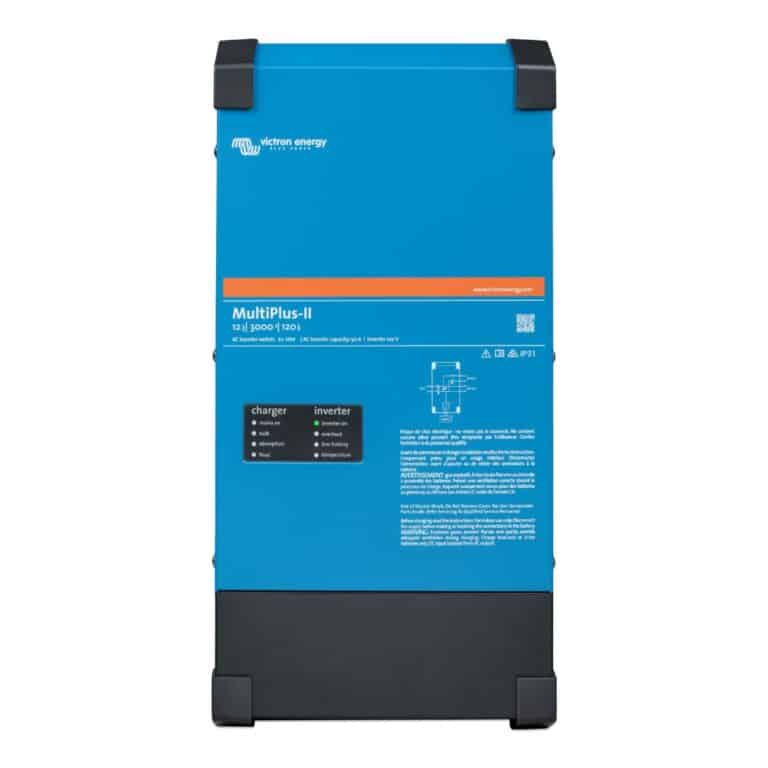

Ask a technical specialist now at 855.292.2831
Stay in the Know